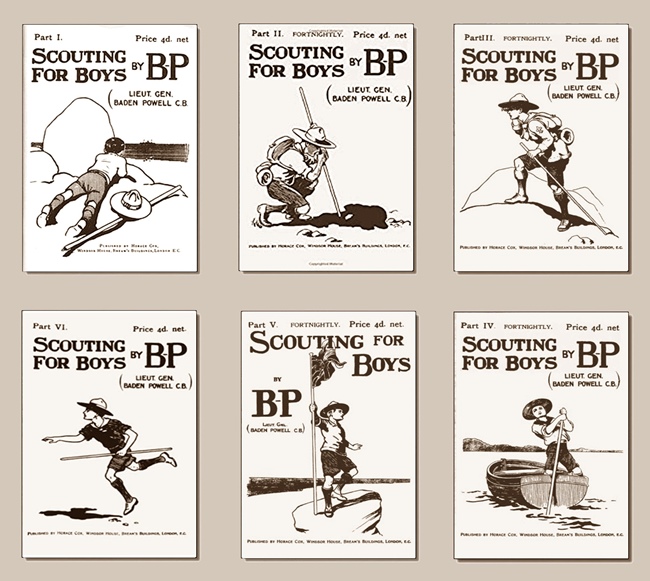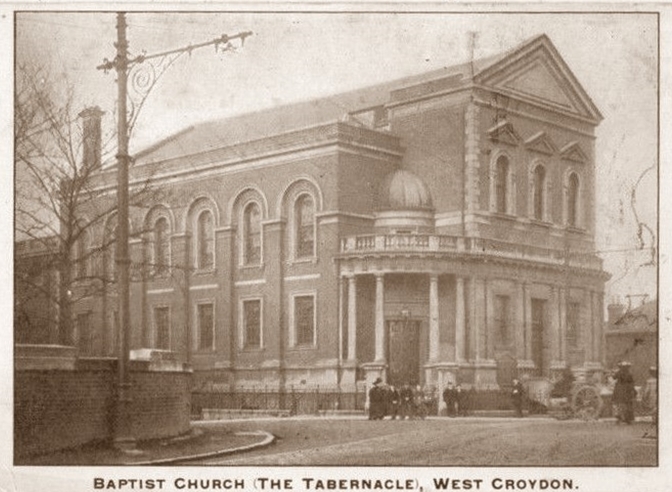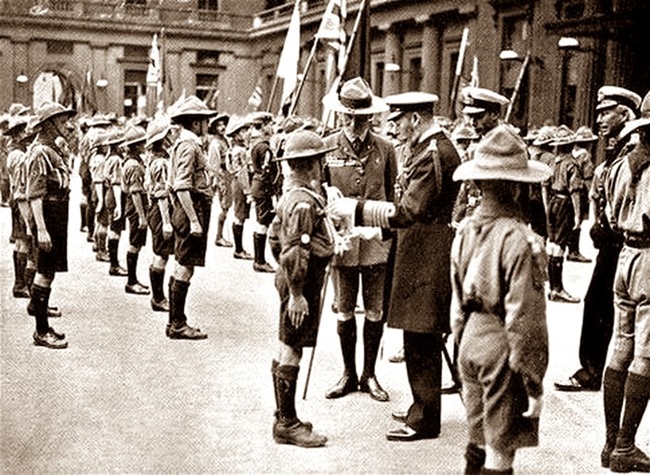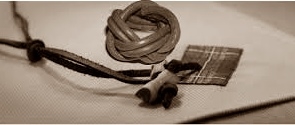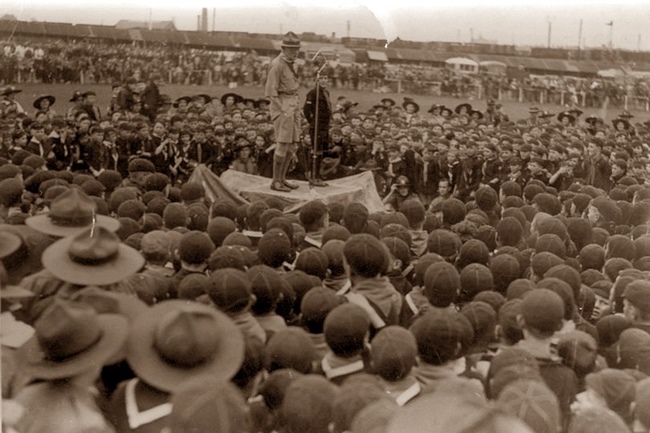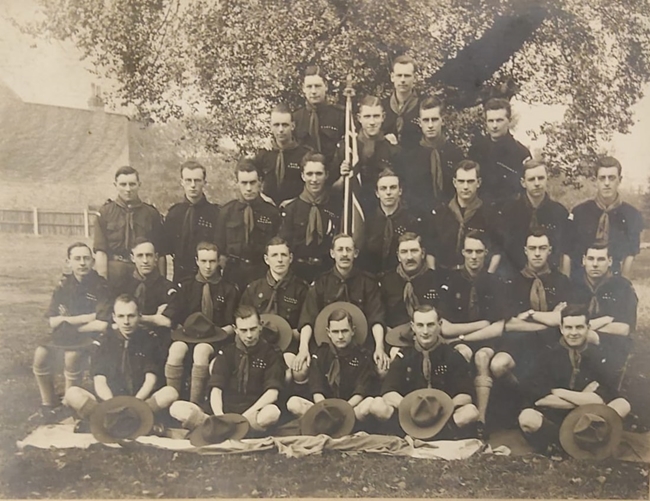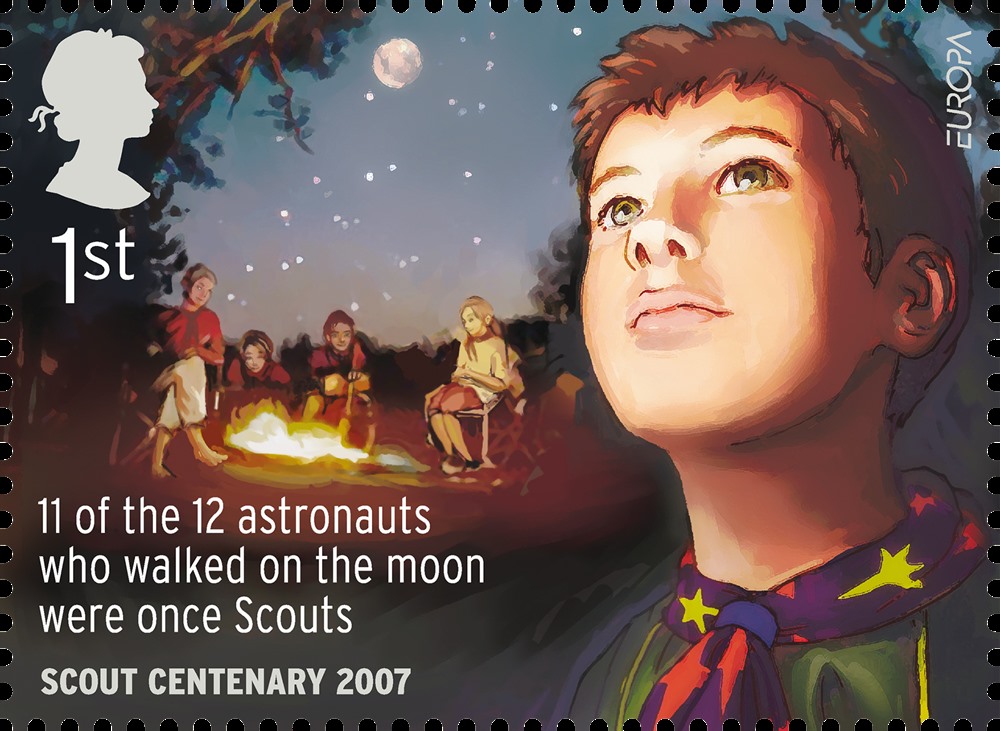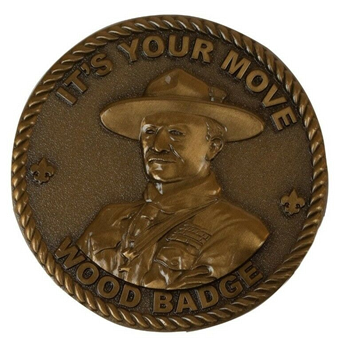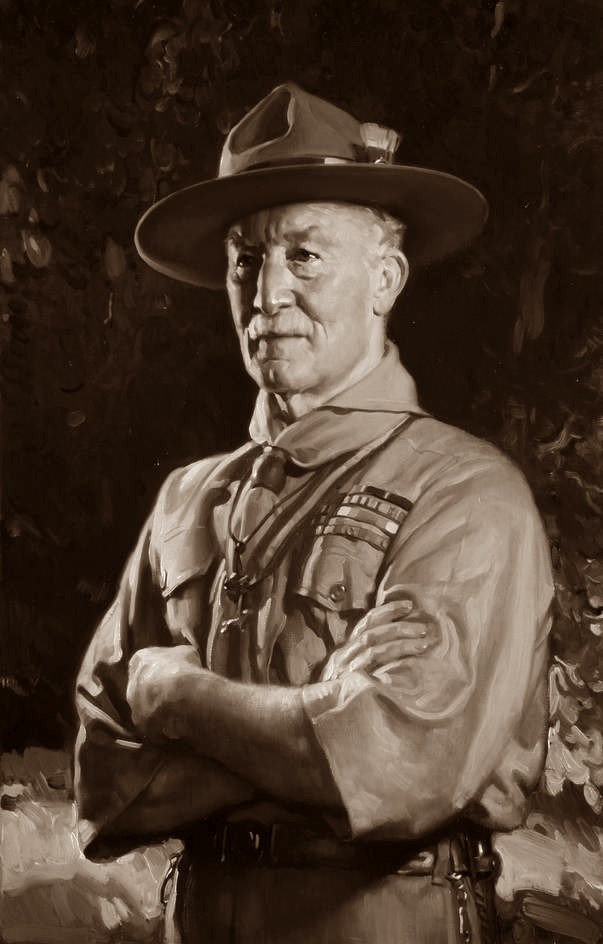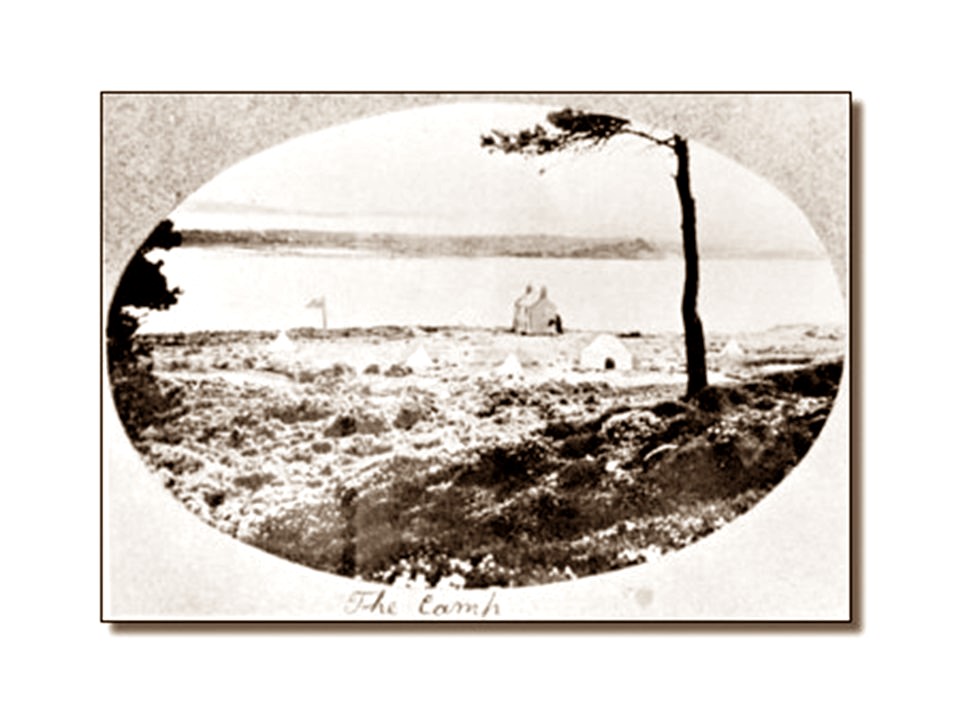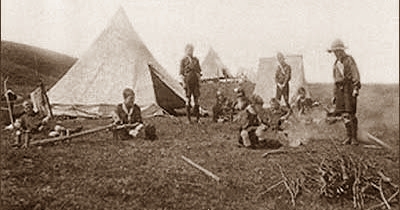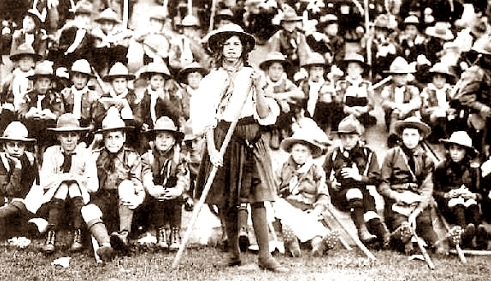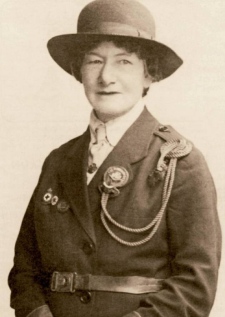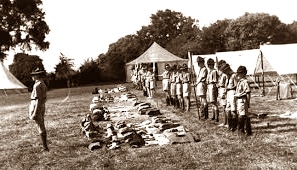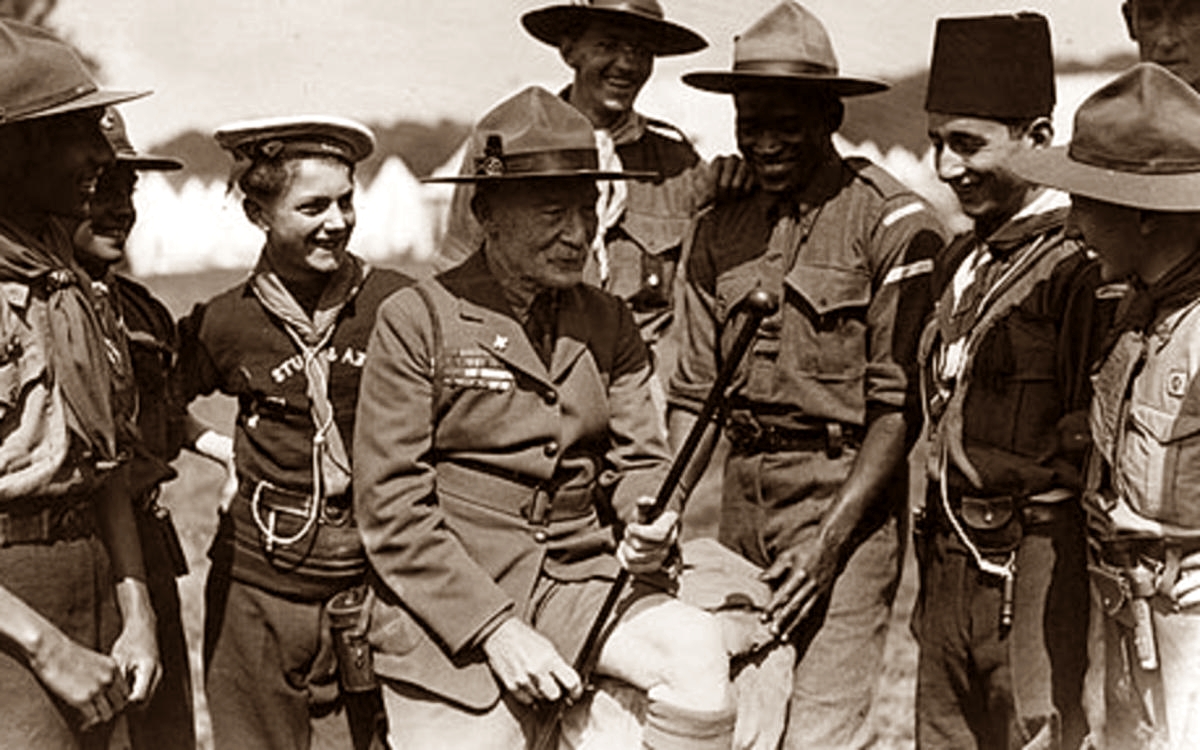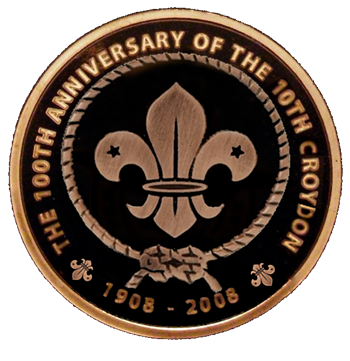Robert Baden-Powell / Brownsea Island Camp / Credit Guardian Newspaper
The Origins of Scouting
Baden-Powell became a national hero when he was besieged in the small town of Mafikeng (Mafekin) by a much larger Boer army during the second Boar War, against all odds he successfully defended the town. One reason for his success was the Mafekin Cadet Corps, a group of youths that supported the troops by carrying messages, and observing enemy operations which freed his troops for military duties and kept the boys occupied during the long siege. The Cadet Corps performed very well, making a real difference in the defence of the town (1899 - 1900), and Baden-Powell discovered the usefulness of well-trained boys.
On his return to England in 1906, he was surprised to discover that his military handbook "Aids to Scouting" (1899) had become unexpectedly popular especially with youth groups and teachers at some top British schools that were using it as a teaching aid.
Many friends encouraged him to re-write his manual for a younger audience. So he wrote a brief draft, titled "Boy Patrols". To give his ideas a practical test he gathered about 22 boys of mixed social backgrounds and held a week-long camp in August 1907 on Brownsea Island, Dorset, to put his ideas into practice. He used a Patrol System which allowed the boys to organize themselves into small groups under a patrol leader and this remains a key part of Scouting. Little did anyone realise the global impact this camp was going to cause.
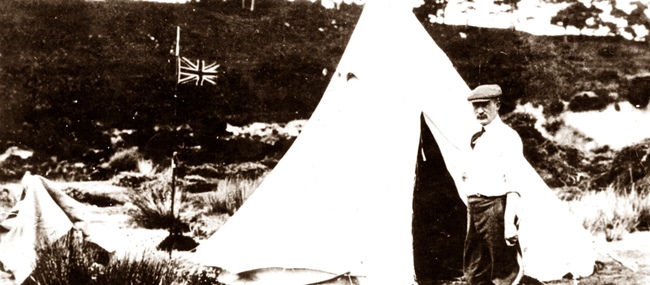
The First Scout Camp / Brownsea Island / Credit National Trust



